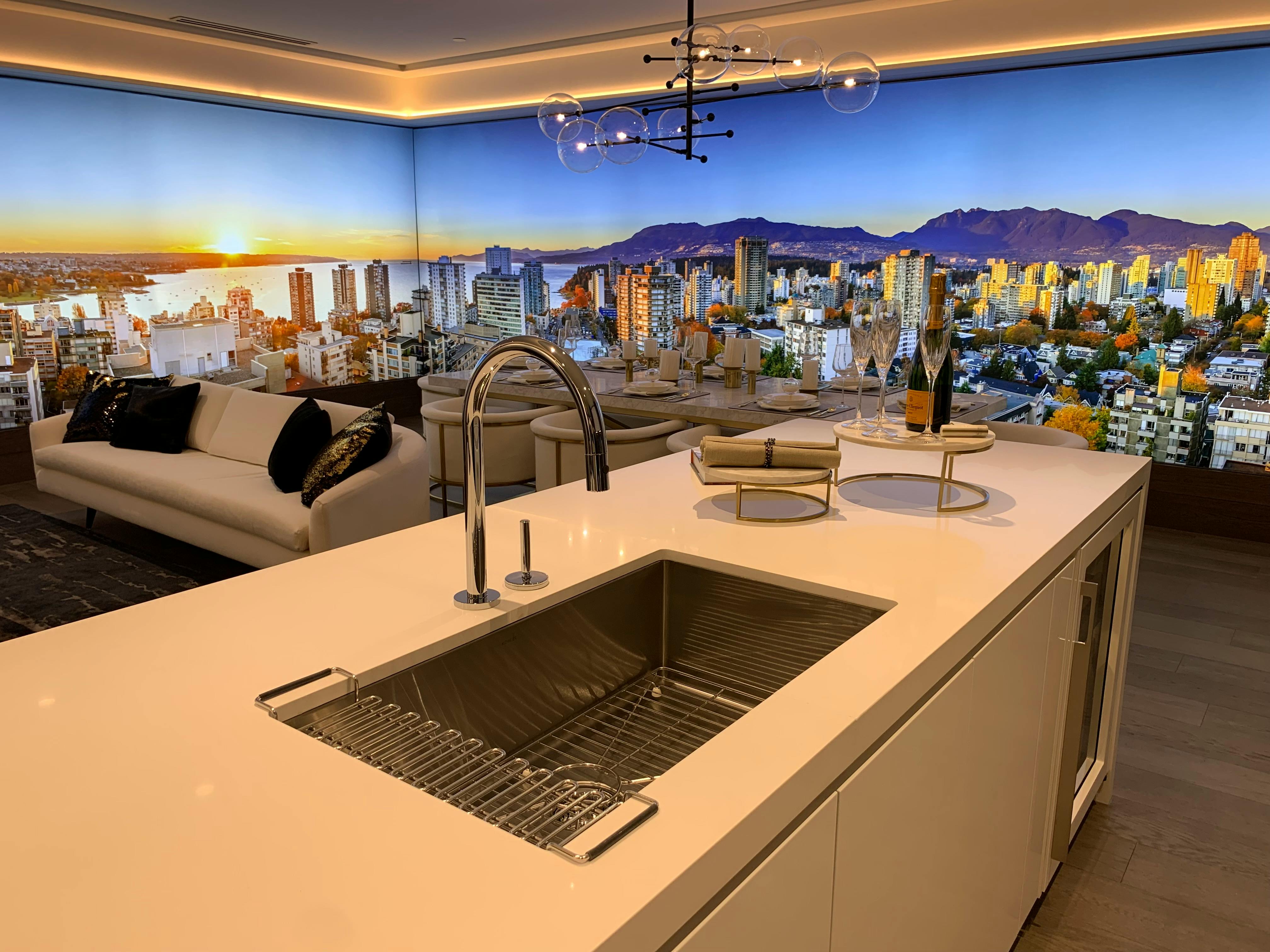
Builder Tips – Fixing Cabinets
BUILT-IN CABINETS
Almost every residence has a few built-in closets and often we want more! Whether inside the kitchen, bedroom or bathroom, they are usually in constant use and therefore suffer from exactly the same wear and tear issues that doors and windows do. Kitchen cabinets, in particular, break from being constantly opened and closed and from being in contact with water and heat.
Built-in cabinets could be one of the extra expensive things to call a tradesman to build. There are some jobs the average DIYer can do around the house to troubleshoot and update the look of their built-ins. Kitchen cabinet doors no longer line up over time, cabinet doors tend to warp, especially those that are used all the time. About once a year I need to take a screwdriver to the cabinet door hinges and adjust them so I can keep the doors aligned.
Most doors are designed to be adjusted quickly and easily with nothing more than a screwdriver, as most kitchens built in the last 30 years have hidden adjustable hinges. Typically, these hinges have four adjustment screws, allowing you to make three main adjustments:
Side – Adjusting the front set screw (or set screw) allows the door to move from side to side.
Depth: Loosening the rear screw allows the door to be moved in or out.
Vertical: The two upper and lower screws allow the door to be adjusted up or down.
You’ll have to experiment with readjustment to get the ideal alignment, but you’ll soon get the hang of it. It is worth noting that most of these types of hinges are made in Europe and will in all likelihood have Pozidriv screws.
Repair of warped corner cabinet doors
The problem with fitted kitchens is the corner cupboard. It constantly ends up in a black hole where you can’t find anything that’s pushed up, and the doors, being double-sectioned, usually sink down and eventually fall off. This type of hinged door is much heavier than a regular cabinet door as the cabinet hinges support the combined weight of both doors, to counteract this additional weight and open up the gap between the top of the bifold door as well. . Like the adjacent door, you must compensate by over-tightening not only the hinges that join the doors to the cabinet, but also the hinges that join the two doors. Both hinges will have an adjustment screw that fits through a slotted hole, usually on the back of the hinge assembly. Loosen this screw slightly and then push the two hinge parts together just before re-tightening. It could possibly take a couple of tries to get the doors to sit where you’d like.
Drawer fixing
Just like sliding door rollers, drawer guide rollers can become worn or damaged. Replacing cheap runners will get your drawers rolling like new again, and it’s really quite a simple operation:
1 – Pull the drawer forward and lift the front out of the cabinet. This will give you access to both parts of the roller assembly.
2 – Removing just a couple of screws will completely free the old mechanism. Again, a decent hardware store should have an exact match assembly; If not, try cabinetmakers’ supplies in the phone book.
3 – Usually sold in pairs and you must replace both sides of your drawer at the same time. You will only need a screwdriver to replace the old screws in the original screw holes.
Sometimes, with drawers pulled too far and overloaded (or perhaps the slides have broken), the drawer front can become loose and separate from the rest of the drawer. If this is happening to yours:
1 – Remove the drawers and clip the front back into position.
2 – Add a few tiny 90 degree angled metal brackets to the inside of the drawer before it comes apart completely.
Another common complaint is the collapse of the thin plinth inside the drawer. Typically this is because the drawer has been overloaded.